New fluorescence imaging technique allows researchers to view pulsing blood vessels of living animals with unprecedented clarity.
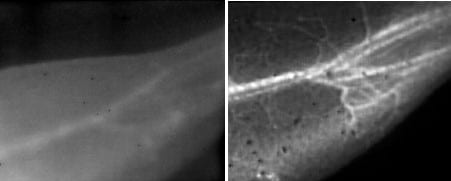

New fluorescence imaging technique allows researchers to view pulsing blood vessels of living animals with unprecedented clarity.
Silicon nanoparticles functionalised with antibodies have been shown to efficiently kill cancer cells in vitro.

Dr. Yuntian T. Zhu, Distinguished Professor of Materials Science and Engineering at North Carolina State University, has been named a Fellow of the AAAS.
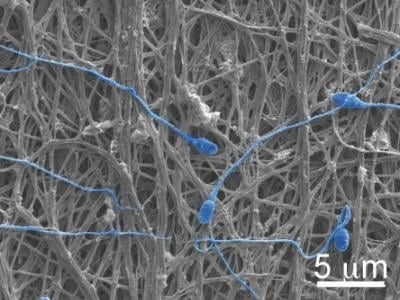
Electrically spun cloth with nanometer-sized fibers can dissolve to release drugs, providing a platform for cheap, discrete and reversible protection.
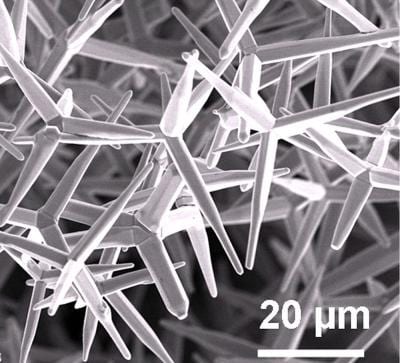
New work from researchers in Germany shows how light-emitting nanocrystals can reveal damage to material.
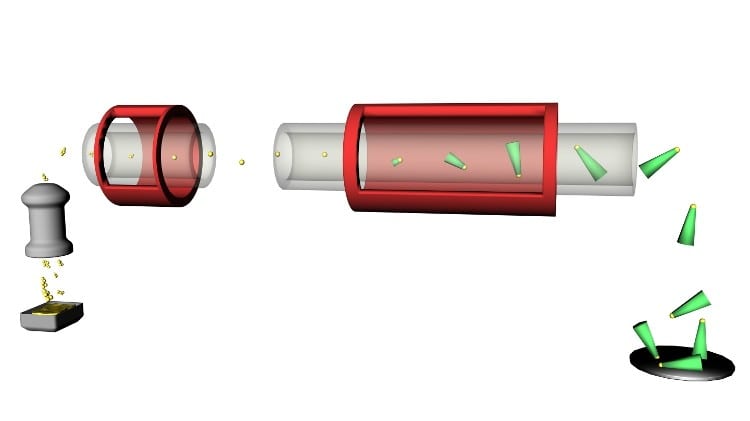
A new method of manufacturing the smallest structures in electronics could make their manufacture many times quicker, allowing for cheaper semiconductors.
Money to develop Pixelligent’s high-quality nanocrystal additives for automotive lubricant oils.
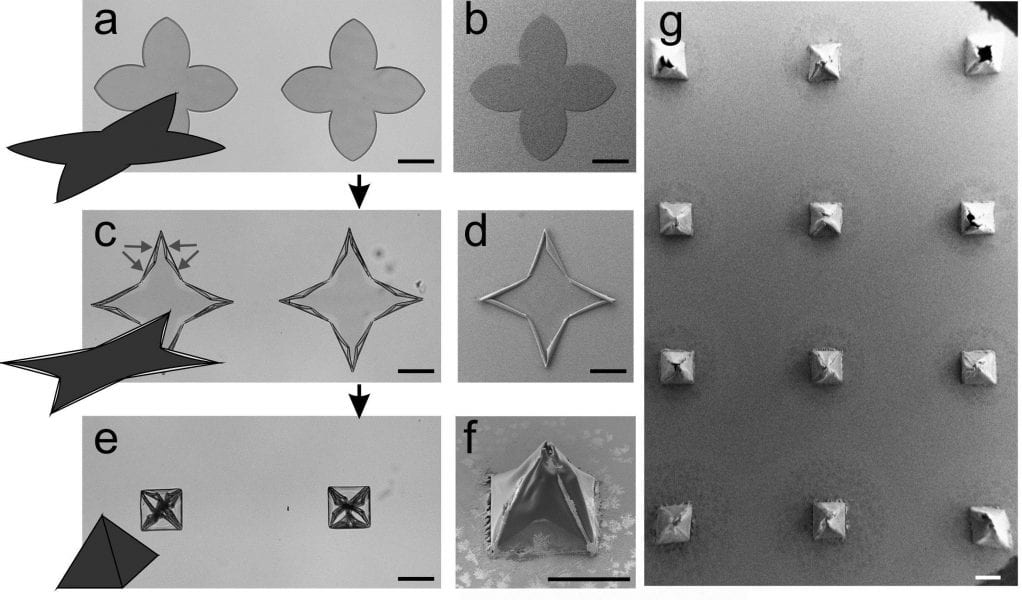
Researchers in Germany design self-folding 3D polymeric materials that could lead to advances in microfluidics, biomaterials, and soft electronics.
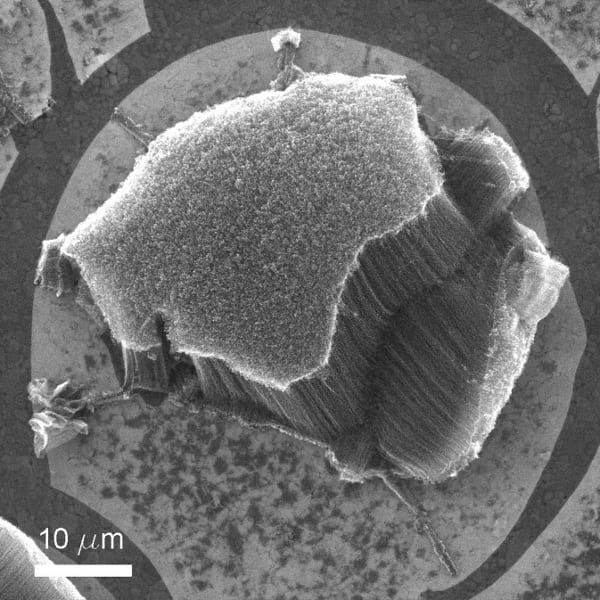
Rice University’s James Tour Group creates single-surface material for energy storage, electronics.

It has been shown that resilin-like polypeptides are a potential material for cardiovascular tissue engineering.